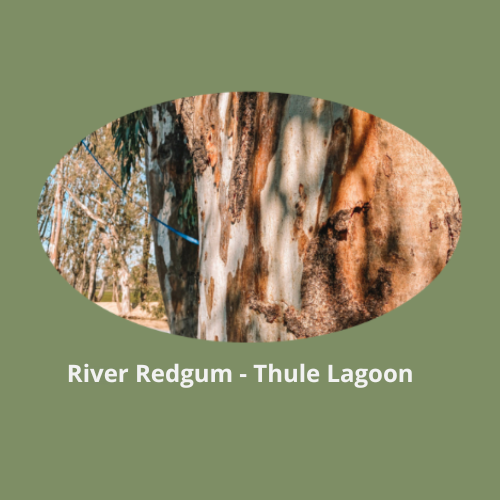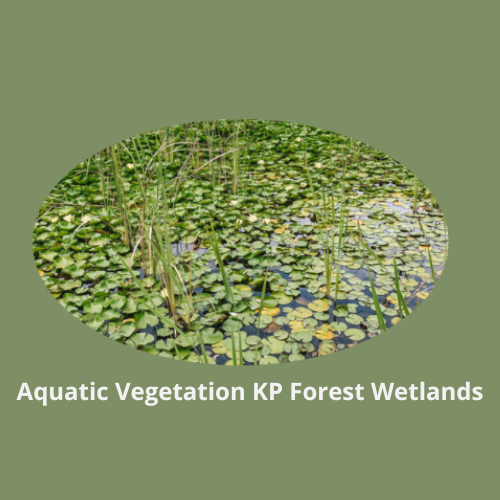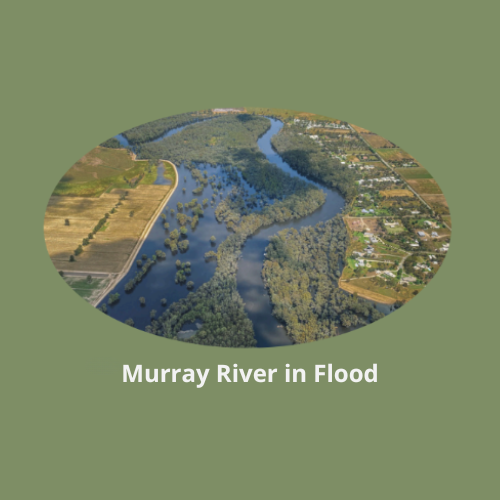
$5000 Grants: Cutting Through the Confusion
Are carbon markets worth your time and investment? The path to carbon farming shouldn’t begin with guesswork or risk. Analyze your unique land characteristics and farm operations to determine if carbon projects make economic sense for your business.

What the Grant Provides:
The $5,000 grant package includes a comprehensive suite of services designed to give you clear insights into your farm’s natural capital potential:
- A personalised farm visit from a regen advisor to discuss your context
- Membership to the Regen Farmers Mutual with access to farmer-designed digital services and member benefits.
- Creation of a digital twin of your property with boundary mapping
- Guided assessment of your natural capital goals through GREG (Geospatial Reasoning Engine Guide)
- Identification of customised opportunities aligned with your sustainable farming objectives
- Easy to use greenhouse gas emissions calculations to Australian standards for verified reporting
- Analysis for carbon sequestration potential and biodiversity condition scoring
- Cost-benefit analysis for a carbon farming (plantings) project with market education and regional cost calculations
- A comprehensive preliminary report with practical recommendations
Why This Matters:
Unlike general information sessions, these assessments deliver actionable, farm-specific guidance. Understand whether carbon farming aligns with your business goals before committing significant resources. Many farmers discover valuable co-benefits beyond potential carbon credits, including improved soil health and drought resilience.
Apply Today
Don’t navigate carbon markets alone. Our simple application process connects you with qualified experts who can evaluate your farm’s carbon potential. Take this critical first step toward clarity about your carbon farming options.
Learn about the Project
Why was the Murray Inland Delta Project formed?
Our biodiverse food bowl has Australia’s highest concentration of individual Ramsar-listed wetlands of international importance, which make up 14 pc of our unique
million hectare mid-river delta. The protected area is similar in size to the Coorong and Lower Lakes of South Australia. Rich First Nations cultural heritage points to the diversity and density of species once found here and therefore the environmental importance of the region to humans for tens of thousands of years.
This reinforces the potential for major environmental and economic returns if investment in restoration is concentrated in this region. We want to see a return of water
and wealth to our inland delta in the form of environmental health and diversified and resilient farm incomes.
Farmers are the solution. By joining the Murray Inland Delta project, we can Connect, Restore, Protect, Reward and showcase to the world that restoration
is the key to future productive farming and it’s possible at scale.

Connect
- Connect with a community of like-minded farmers and landholders via the Murray Inland Delta project
- Connect with Regen Farmers Mutual for valuable insights into our emissions, our natural capital opportunities, funding & support for insetting and selling carbon assets and gaining biodiversity credits
- Build connectivity across our landscape for greater impact and more effective investment in improving biodiversity and species survival
Restore
- Re-establish and reconnect depleted and threatened ecological communities like Yellow and white Box woodlands, and Blakely’s red gum grassy woodlands, native grasslands, Mallee and sandhill woodlands.
- Restore damaged and degraded areas of erosion, salinity, and biodiversity loss through native planting projects.
- Restore open wetlands, ephemeral creeks, dams and and other habitat to build biodiversity where species thrive.
- Restore soil quality to support productive plant growth, with deep roots that sequester carbon and hold moisture. Build resilience in the landscape.


Protect
- Protect our vulnerable woodlands, shrubs, grasses, waterways & our unique species through farm infrastructure planning, strategic grazing and effective management of pests and weeds.
- Protect and enhance farm incomes via superior data management of your sustainability investments and outcomes and avoid supply chain ‘averaging’ discounting for carbon or biodiversity impact liability.
Reward
- Reward coordinated and aggregated projects that deliver real impacts for a connected community and landscape.
- Reward farmers as landscape managers delivering real solutions for the health of the planet by sequestering carbon on-farm, rehydrating the landscape, incentivised control of invasive species, and building soil carbon at scale.
- Diversifying farm income and managing business risk through additional income streams such as environmental market projects and achieving premiums for verified sustainable food and fibre production.

